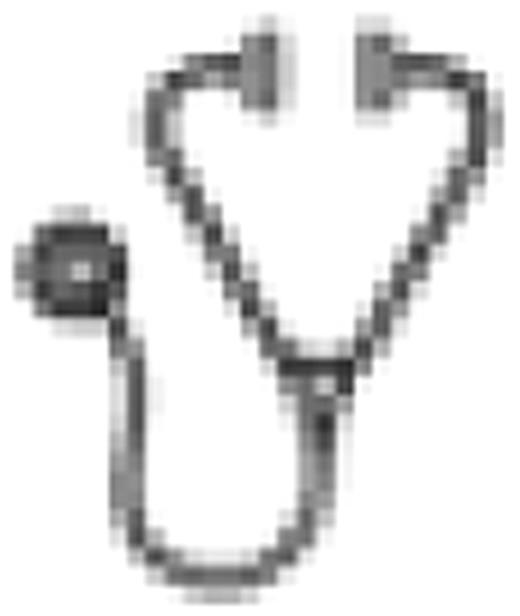Abstract
Abstract 3234
Wilms' tumor 1 (WT1) gene encodes a transcriptional factor involved in normal cellular development. It is over-expressed in most cases of acute myeloid leukemia (AML).
To estimate the usefulness of WT1 expression quantitative assessment for monitoring MRD and for relapse prediction in acute lymphoblastic leukemia (ALL) patients.
Real time quantitative RT-PCR was made according to the Europe Against Cancer Protocol. WT1 transcript level was determined in bone marrow (BM) samples of adult patients with AML (except acute promyelocytic leukemia) and ALL. We examined the samples of 77 patients with AML and 34 patients with ALL at diagnosis. We also analyzed 190 specimens of AML patients and 150 specimens of ALL patients during follow-up. The obtained WT1 copy numbers were normalized with respect to the β-GUS transcripts.
The median value of WT1 level at diagnosis was 581 (range 1,0-8462) in AML patients and 1161 (range 1,5-14879) in ALL patients (no statistical difference in Student's t-test). The median value of WT1 level of patients in complete remission was 4,3 (range 1,1-9,7) for AML and 5,2 (range 1,0-16,8) for ALL. At diagnosis 84% of AML patients and 61% of ALL patients showed the expression of WT1 one log higher than the median values in complete remission. In 7 assessed T-ALL patients the over-expression of WT1 at diagnosis was observed (the median value 1188, range 206–6972). The B-ALL patients with high WT1 expression at diagnosis (range 441–14879) and the B-ALL patients with low WT1 expression at diagnosis (range 1,5-63) differ in fusion genes. There were 2 patients with BCR-ABL (one p190 (7%) and one p210) within the B-ALL subgroup with high WT1 expression at diagnosis whereas within the B-ALL patients with low WT1 expression at diagnosis were 7 ones (6 patients with p190 (46%) and 1 with p210) (7% versus 46%, p=0,033 by Fisher Exact test). In the patients bearing a fusion gene transcript we performed a simultaneous analysis of WT1 and fusion gene transcript expression: in 19 patients with AML (8 AML1-ETO, 2 CBFβ-MYH11, 2 BCR-ABL, 1 DEK-CAN, 1 MLL-AF6, 1 MLL-AF9, 4 MLL duplications) and in 15 patients with ALL (9 BCR-ABL, 3 MLL-AF4, 1 MLL-ENL, 2 E2A-PBX1). It was found the parallelism between the dynamics of WT1 level and fusion-gene transcript level during follow-up. The haematological relapse was correlated with the increase of WT1 expression: 8 AML patients had a median of 1545 (range 140–2578) and for 6 ALL patients a median value was 1050 (range 31–2665) in relapse (no statistical difference in Mann-Whitney U test). We observed the increase of WT1 level was occurred earlier than the relapse was stated for AML patients and for ALL patients with high WT1 expression at diagnosis.
The level of WT1 expression may be used as additional nonspecific marker for MRD detection and for imminent relapse prediction during follow-up in patients without additional molecular markers in ALL with high WT1 expression at diagnosis.
No relevant conflicts of interest to declare.

This icon denotes an abstract that is clinically relevant.
Author notes
Asterisk with author names denotes non-ASH members.

